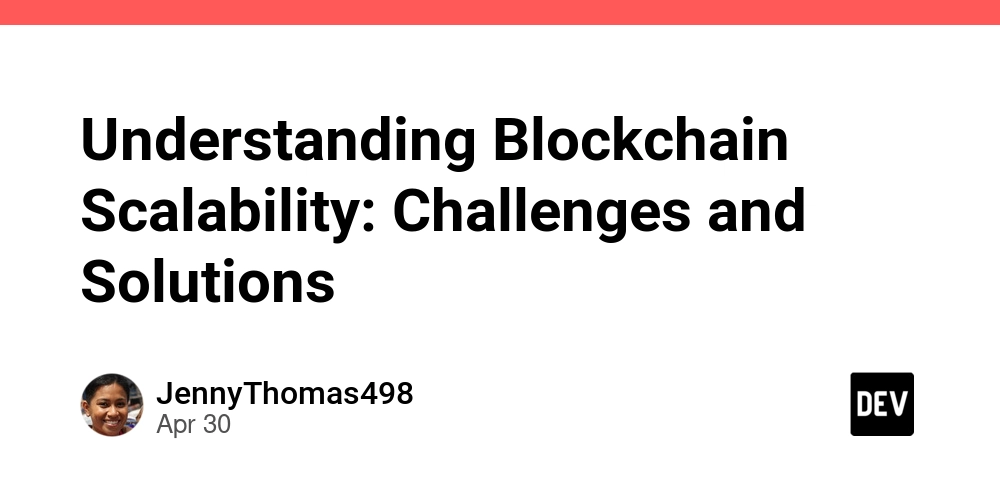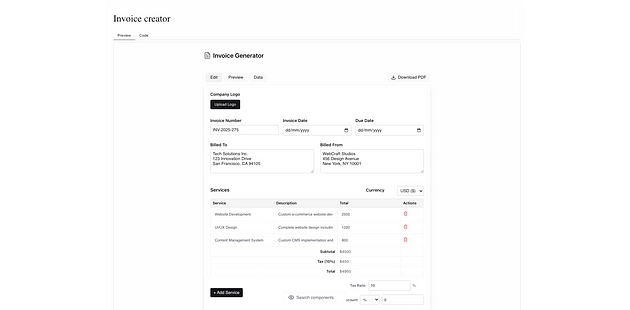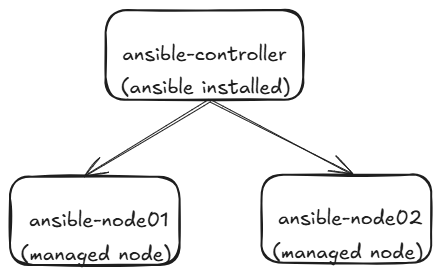Serverless Computing: Simplifying Cloud Development
Table of Contents Serverless Computing: Simplifying Cloud Development What Is Serverless Computing? Function as a Service (FaaS) Benefits of Serverless Computing Challenges and Considerations The Role of CloudEvents Use Cases for Serverless Computing Conclusion Descriptions Serverless computing is a cloud computing model that allows developers to build and run applications without managing the underlying infrastructure. Despite the name, servers are still involved; however, the responsibility of managing them shifts from the developer to the cloud provider. This model enables developers to focus solely on writing code, while the cloud provider handles server provisioning, scaling, and maintenance. What Is Serverless Computing? In traditional cloud computing models, developers must manage server infrastructure, including provisioning, scaling, and maintenance. Serverless computing abstracts these responsibilities, allowing developers to deploy code that automatically scales and executes in response to events. This model is particularly beneficial for applications with variable workloads, as it provides automatic scaling and a pay-per-use billing model. Function as a Service (FaaS) Function as a Service (FaaS) is a subset of serverless computing where developers write small, single-purpose functions that are triggered by specific events. These functions are stateless and ephemeral, executing only when invoked and scaling automatically based on demand. FaaS platforms, such as AWS Lambda, Google Cloud Functions, and Azure Functions, manage the execution environment, allowing developers to focus on code rather than infrastructure. Benefits of Serverless Computing Reduced Operational Complexity: Developers are relieved from server management tasks, allowing them to concentrate on application logic. Automatic Scaling: Applications automatically scale up or down based on demand, ensuring optimal resource utilization. Cost Efficiency: With a pay-per-use billing model, organizations pay only for the compute resources they consume, potentially reducing costs. Faster Time to Market: Simplified deployment processes enable quicker release cycles and faster innovation. Challenges and Considerations Cold Starts: Functions may experience latency during initial invocation after a period of inactivity, known as a cold start. Vendor Lock-In: Proprietary implementations by cloud providers can make it challenging to migrate applications between platforms. Limited Execution Time: FaaS platforms often impose execution time limits, which may not be suitable for long-running processes. Debugging and Monitoring: Observability can be more complex in serverless environments due to the ephemeral nature of functions. The Role of CloudEvents To address interoperability challenges, the Cloud Native Computing Foundation introduced CloudEvents, a specification for describing event data in a common format. By standardizing event metadata, CloudEvents facilitates integration between services and platforms, promoting portability and reducing vendor lock-in. Use Cases for Serverless Computing Event-Driven Applications: Applications that respond to events, such as file uploads or database changes, benefit from the reactive nature of serverless architectures. Microservices: Serverless functions align well with microservices architectures, enabling modular and independently deployable components. Data Processing: Tasks like image processing, data transformation, and real-time analytics can be efficiently handled by serverless functions. Scheduled Tasks: Functions can be scheduled to run at specific intervals, making them suitable for cron jobs and periodic tasks. Conclusion Serverless computing represents a paradigm shift in application development, offering a model that emphasizes simplicity, scalability, and cost efficiency. While it introduces new considerations, such as cold starts and potential vendor lock-in, the benefits often outweigh the challenges for many use cases. As the ecosystem matures, standards like CloudEvents will play a crucial role in enhancing interoperability and reducing complexity.

Table of Contents
- Serverless Computing: Simplifying Cloud Development
- What Is Serverless Computing?
- Function as a Service (FaaS)
- Benefits of Serverless Computing
- Challenges and Considerations
- The Role of CloudEvents
- Use Cases for Serverless Computing
- Conclusion
Descriptions
Serverless computing is a cloud computing model that allows developers to build and run applications without managing the underlying infrastructure. Despite the name, servers are still involved; however, the responsibility of managing them shifts from the developer to the cloud provider. This model enables developers to focus solely on writing code, while the cloud provider handles server provisioning, scaling, and maintenance.
What Is Serverless Computing?
In traditional cloud computing models, developers must manage server infrastructure, including provisioning, scaling, and maintenance. Serverless computing abstracts these responsibilities, allowing developers to deploy code that automatically scales and executes in response to events. This model is particularly beneficial for applications with variable workloads, as it provides automatic scaling and a pay-per-use billing model.
Function as a Service (FaaS)
Function as a Service (FaaS) is a subset of serverless computing where developers write small, single-purpose functions that are triggered by specific events. These functions are stateless and ephemeral, executing only when invoked and scaling automatically based on demand. FaaS platforms, such as AWS Lambda, Google Cloud Functions, and Azure Functions, manage the execution environment, allowing developers to focus on code rather than infrastructure.
Benefits of Serverless Computing
Reduced Operational Complexity: Developers are relieved from server management tasks, allowing them to concentrate on application logic.
Automatic Scaling: Applications automatically scale up or down based on demand, ensuring optimal resource utilization.
Cost Efficiency: With a pay-per-use billing model, organizations pay only for the compute resources they consume, potentially reducing costs.
Faster Time to Market: Simplified deployment processes enable quicker release cycles and faster innovation.
Challenges and Considerations
Cold Starts: Functions may experience latency during initial invocation after a period of inactivity, known as a cold start.
Vendor Lock-In: Proprietary implementations by cloud providers can make it challenging to migrate applications between platforms.
Limited Execution Time: FaaS platforms often impose execution time limits, which may not be suitable for long-running processes.
Debugging and Monitoring: Observability can be more complex in serverless environments due to the ephemeral nature of functions.
The Role of CloudEvents
To address interoperability challenges, the Cloud Native Computing Foundation introduced CloudEvents, a specification for describing event data in a common format. By standardizing event metadata, CloudEvents facilitates integration between services and platforms, promoting portability and reducing vendor lock-in.
Use Cases for Serverless Computing
Event-Driven Applications: Applications that respond to events, such as file uploads or database changes, benefit from the reactive nature of serverless architectures.
Microservices: Serverless functions align well with microservices architectures, enabling modular and independently deployable components.
Data Processing: Tasks like image processing, data transformation, and real-time analytics can be efficiently handled by serverless functions.
Scheduled Tasks: Functions can be scheduled to run at specific intervals, making them suitable for cron jobs and periodic tasks.
Conclusion
Serverless computing represents a paradigm shift in application development, offering a model that emphasizes simplicity, scalability, and cost efficiency. While it introduces new considerations, such as cold starts and potential vendor lock-in, the benefits often outweigh the challenges for many use cases. As the ecosystem matures, standards like CloudEvents will play a crucial role in enhancing interoperability and reducing complexity.










































































![Apple Shares Trailer for First Immersive Feature Film 'Bono: Stories of Surrender' [Video]](https://www.iclarified.com/images/news/97168/97168/97168-640.jpg)
![New Hands-On iPhone 17 Dummy Video Shows Off Ultra-Thin Air Model, Updated Pro Designs [Video]](https://www.iclarified.com/images/news/97171/97171/97171-640.jpg)
















![Apple testing Stage Manager for iPhone, Photographic Styles for video, and more [Video]](https://i0.wp.com/9to5mac.com/wp-content/uploads/sites/6/2025/04/iOS-Decoded-iOS-18.5.jpg?resize=1200%2C628&quality=82&strip=all&ssl=1)









-xl.jpg)

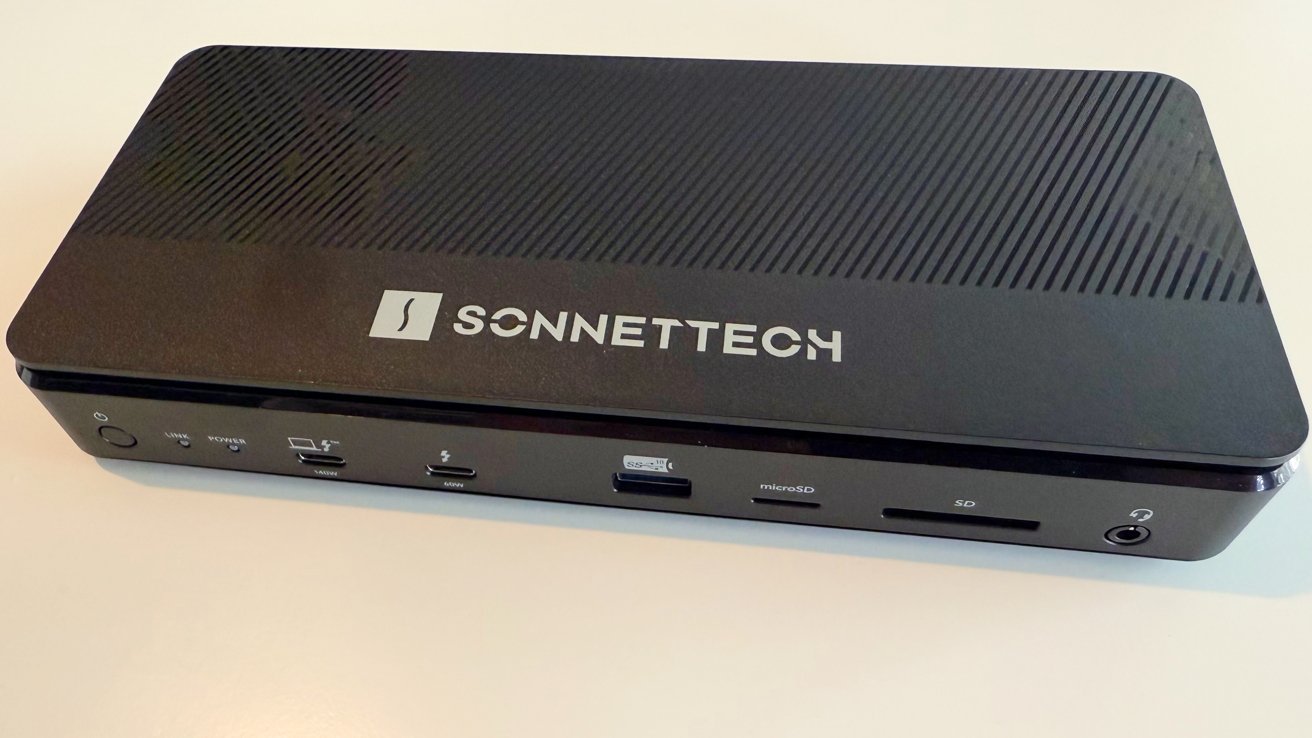


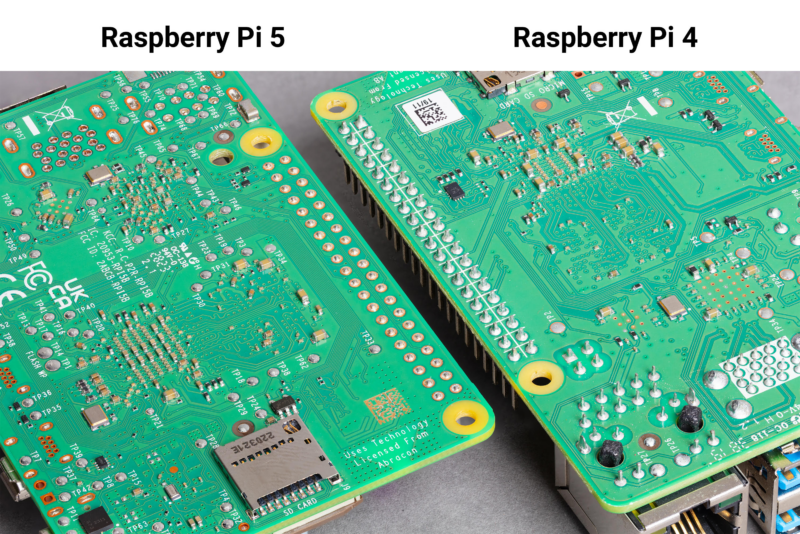
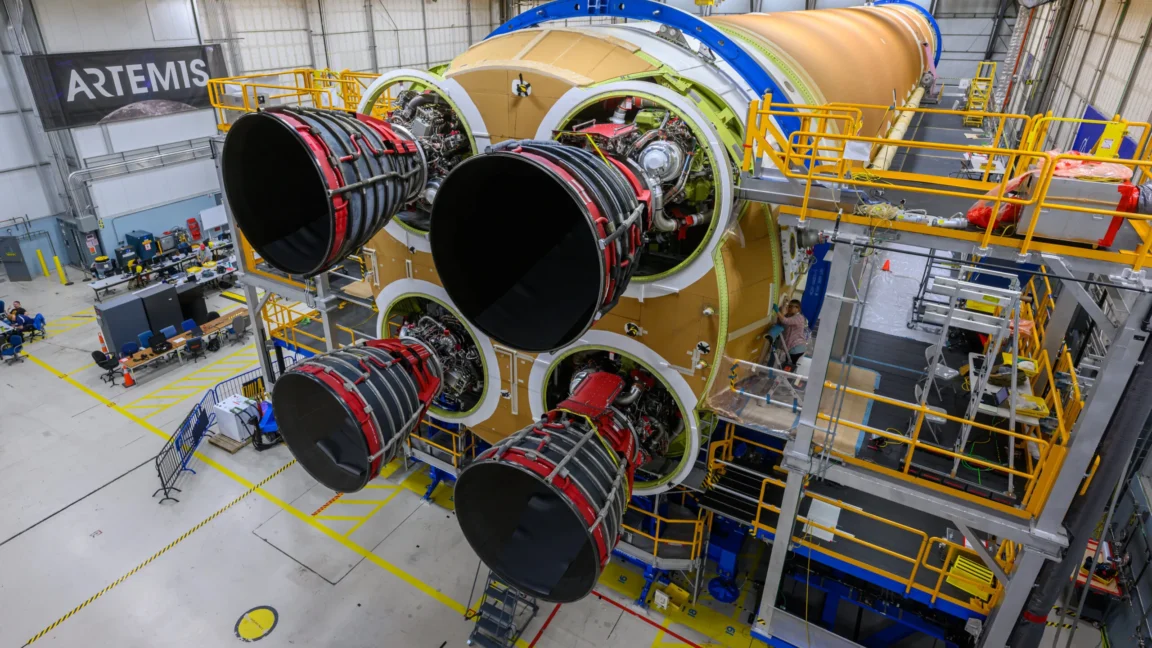








































































.webp?#)




_Jochen_Tack_Alamy.png?width=1280&auto=webp&quality=80&disable=upscale#)




























































































































![[The AI Show Episode 145]: OpenAI Releases o3 and o4-mini, AI Is Causing “Quiet Layoffs,” Executive Order on Youth AI Education & GPT-4o’s Controversial Update](https://www.marketingaiinstitute.com/hubfs/ep%20145%20cover.png)




























































































































































